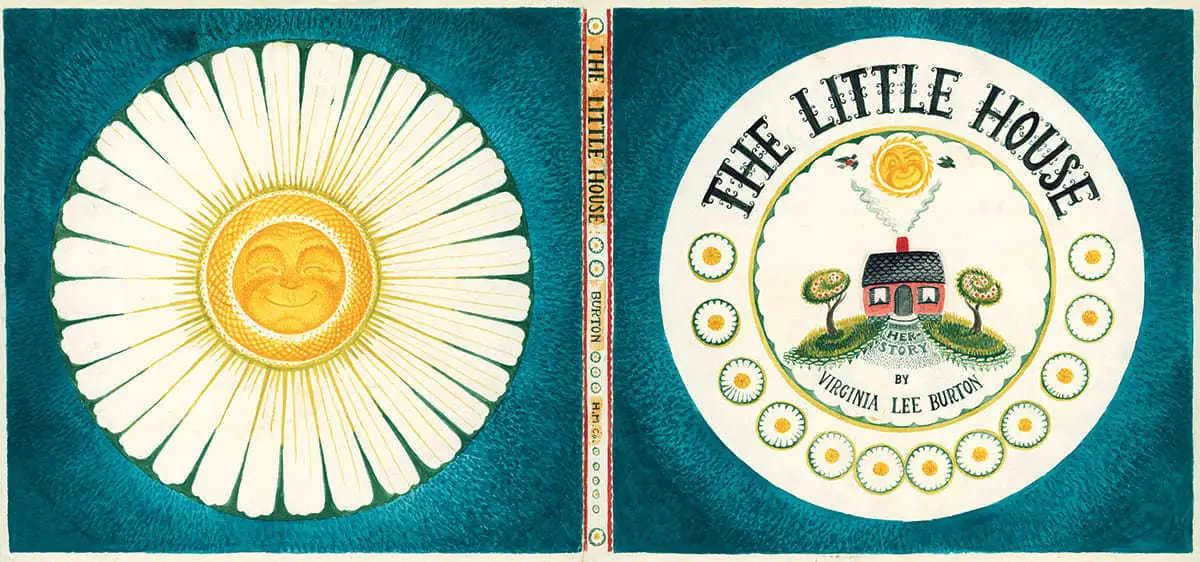Some stories have a linear shape. Others are circular, and emphasise the seasons. If we’re talking about circular, seasonal books for children, The Little House by Virginia Lee Burton (1942) is the standout example.
Circular plot shapes tend to have a feminine feel and star female characters (but not always).
“The shape of a story” is, of course, a metaphorical phrase, but it is one that connotes profoundly. In The Little House, the curvilinear lines of the illustrations represent not only the gender of the female Little House, and her surroundings in good times, but also the cycles, return, and renewal, the generation and the continuity, and the affirmations of life that are the theme of the book.
Peter Neumeyer in his annotated guide to Charlotte’s Web. He mentions it because of course Charlotte’s Web is another example of a feminine, domestic, circular structure.
Notice as you read the mention of the moon, linking something small on Earth to something universal.
See: The Little House (1952) on YouTube
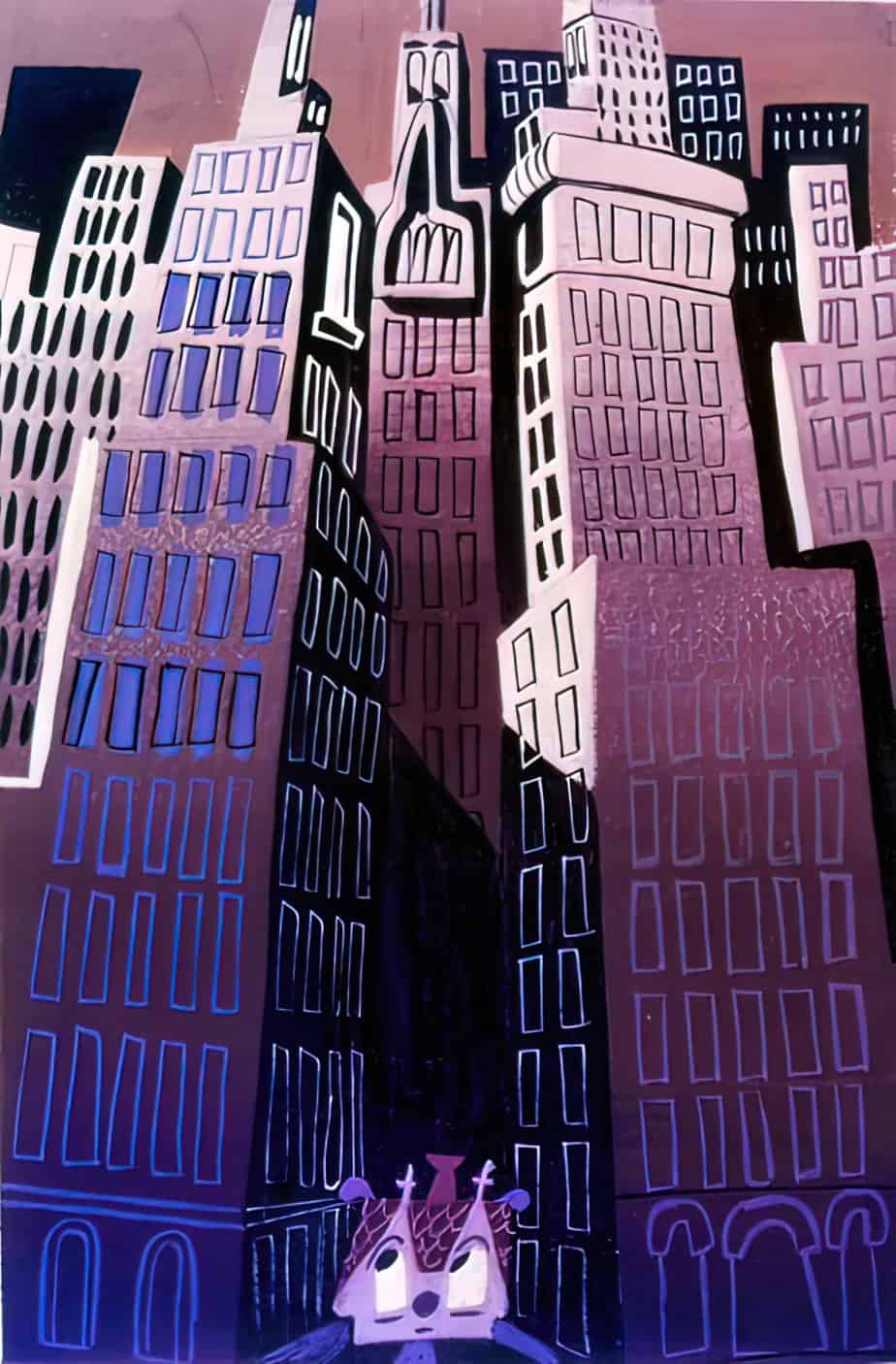
There’s a clear link between “The Little House” and Pixar’s animated children’s film Up (2009). An old man in a house won’t move as the world changes all around him.
Here’s a real world example of that sort of thing: Incredible story behind squashed Aussie home
PARATEXT
Virginia Lee Burton won the Caldecott Medal in 1943 for her memorable picture book The Little House, a poignant story of a cute country cottage that becomes engulfed by the city that grows up around it. The house has an expressive face of windows and doors, and even the feelings of a person, so she’s sad when she’s surrounded by the dirty, noisy city’s hustle and bustle: “She missed the field of daisies / and the apple trees dancing in the moonlight.” Fortunately, there’s a happy ending, as the house is taken back to the country where she belongs.
marketing copy
The Little House read on YouTube
SETTING OF THE LITTLE HOUSE
As a good contrast, read The Story of Ferdinand (1936) by Munro Leaf and Robert Lawson. That picture book was ground-breaking in the way it utilises cinematic points of view — longshots, close ups and so on. “The Little House” is the direct inverse of that — the perspective does not change. Instead, a number of pages in the picture book look almost like a ‘spot the difference’ exercise.
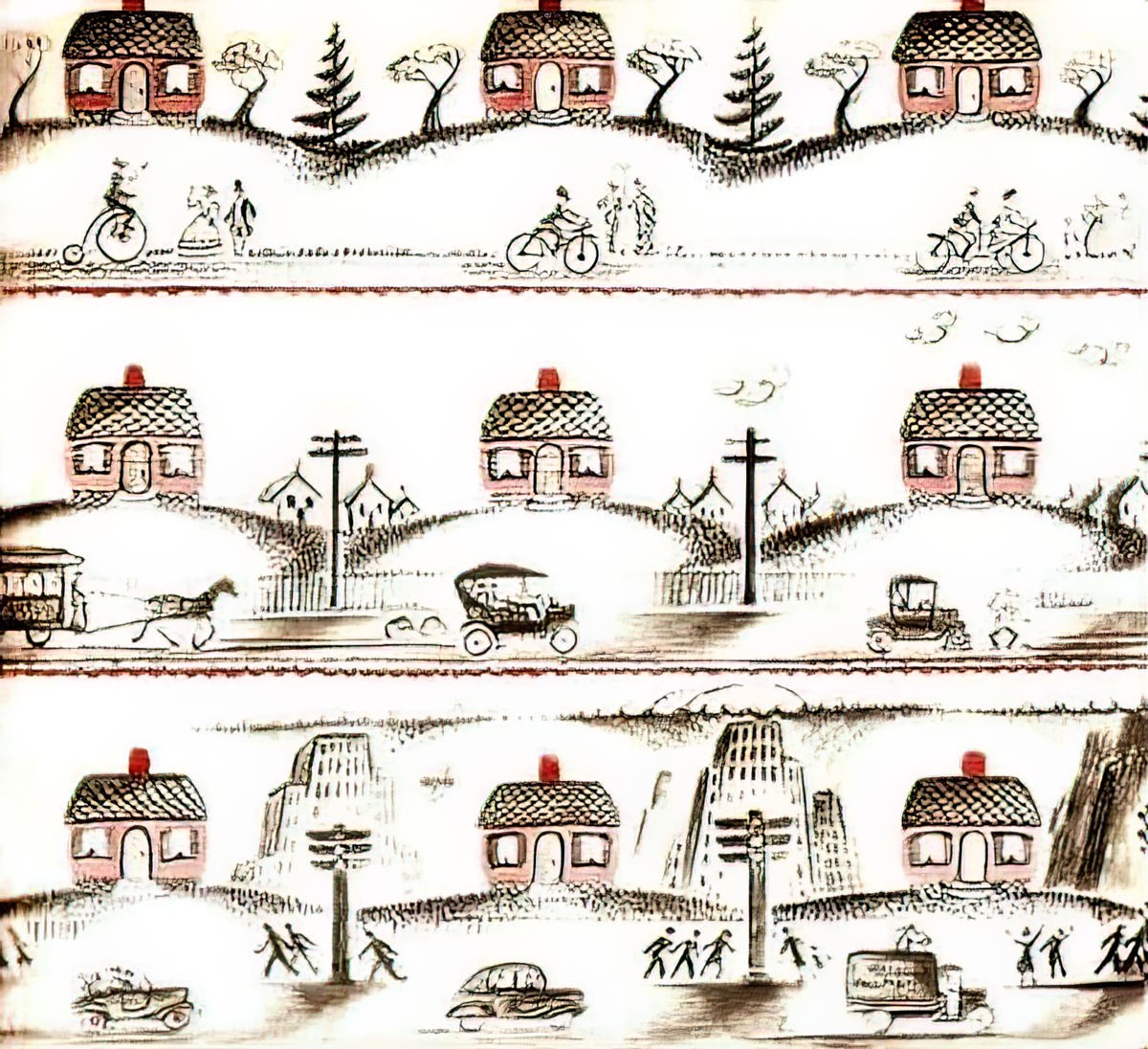
STORY STRUCTURE OF THE LITTLE HOUSE
SHORTCOMING
The story opens with bright, comforting colours of the countryside which, across 20th century children’s literature, with surprisingly few exceptions, is presented as more wholesome, clean, friendly and better all round for children.
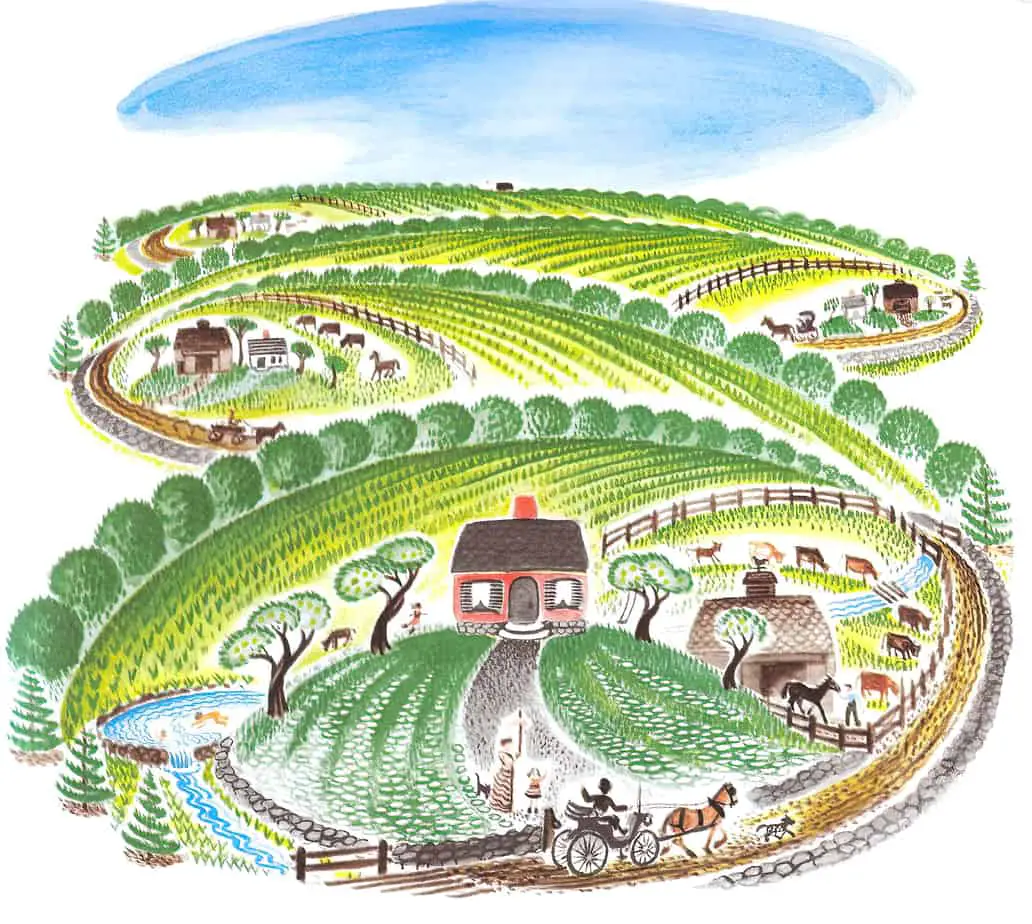
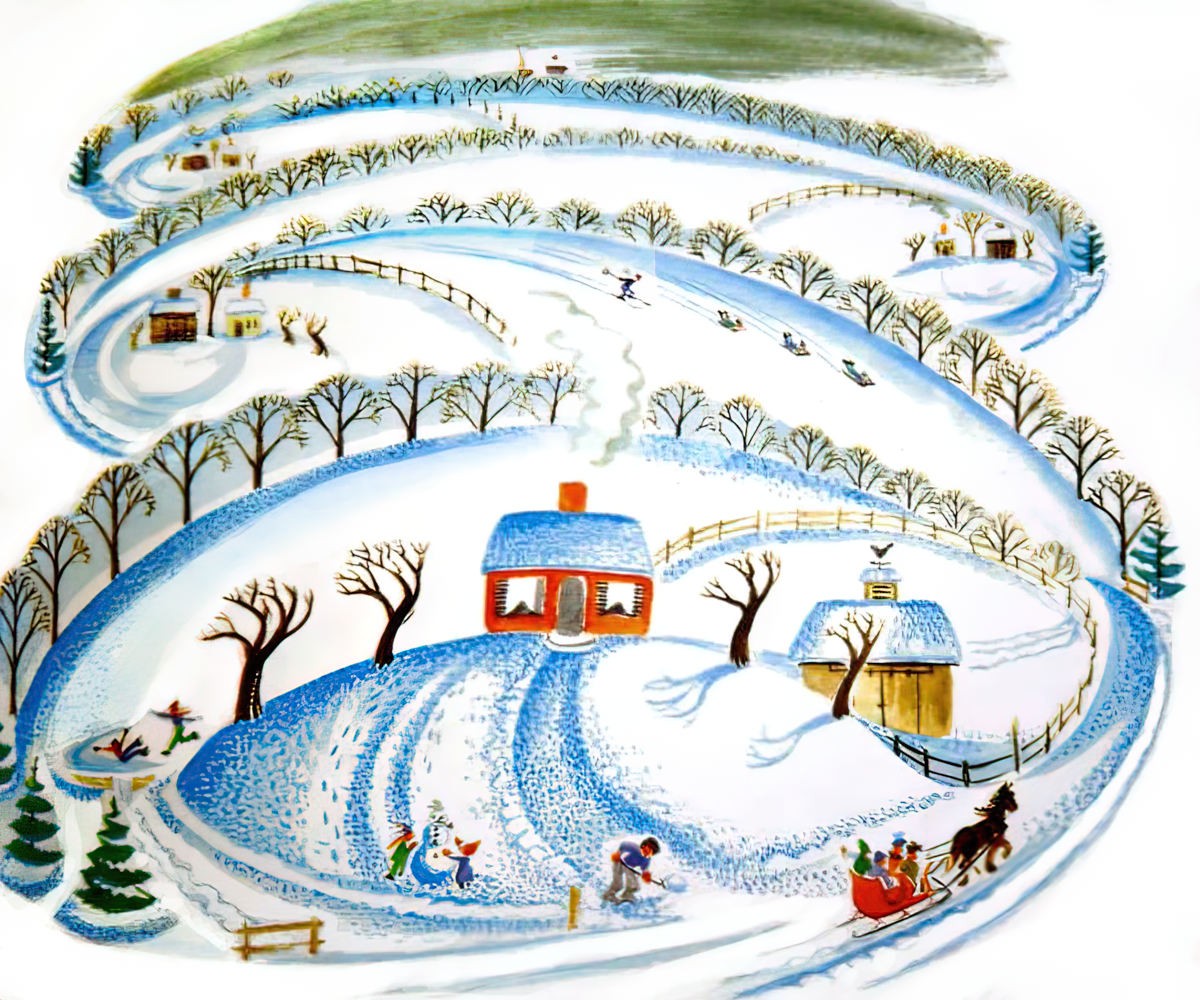
DESIRE
Careful what you wish for, or what you wish to know! At the beginning of the story The Little House wonders what it would be like in the bright city with all those lights. Turns out she’ll eventually find out.
OPPONENT
Progress.
The margins of the text changes to a curvilinear design. I figure this represents the billow of smoke from polluting smoke stacks? What do you think?
PLAN
Well, she’s a house. Although she spends a lot of time looking, she can’t exactly grow legs and move so The Little House is at the mercy of people who make plans around her.
THE BIG STRUGGLE
That heavy black crayon grows heavier and darker on the page. More and more people come.
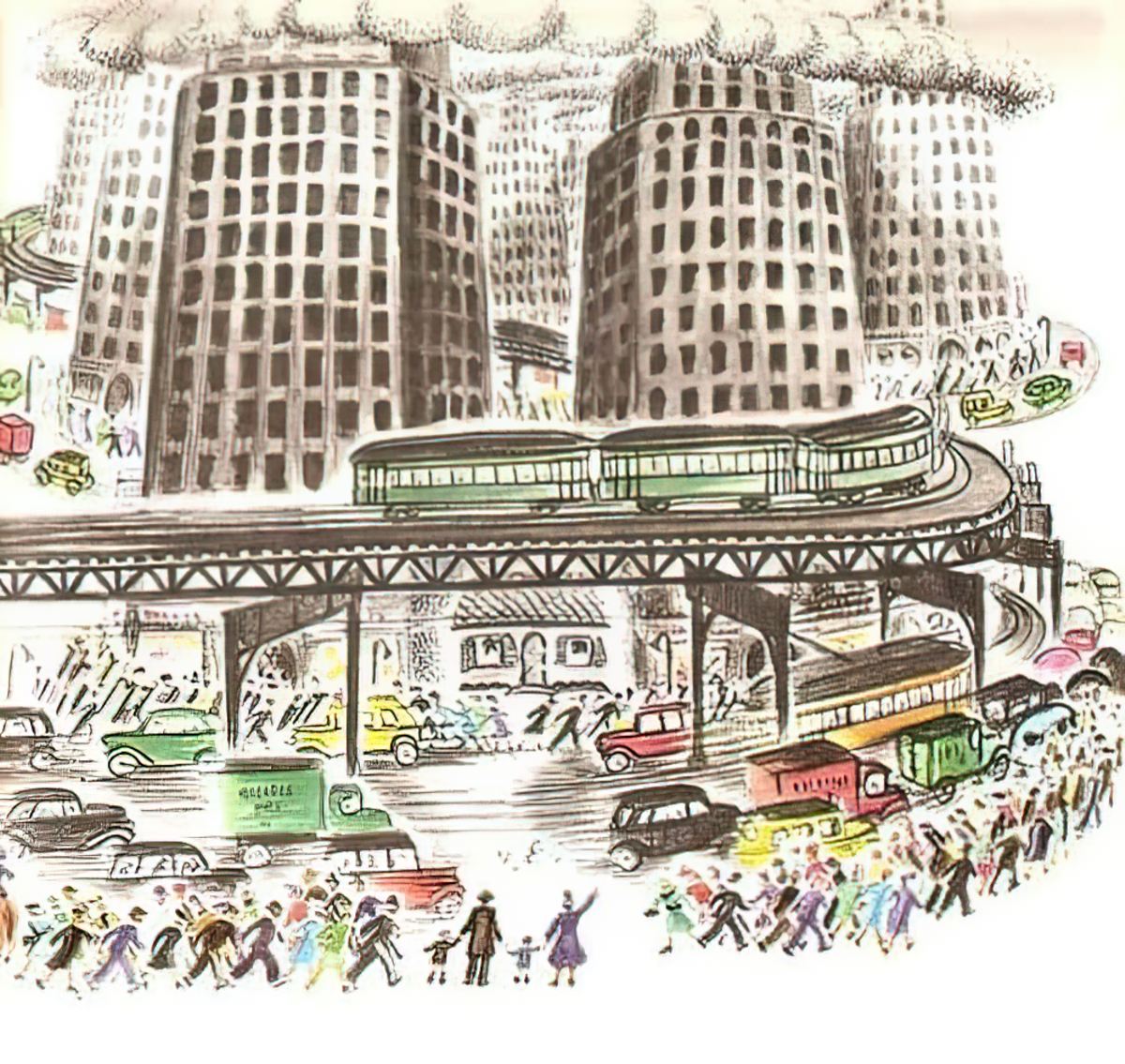
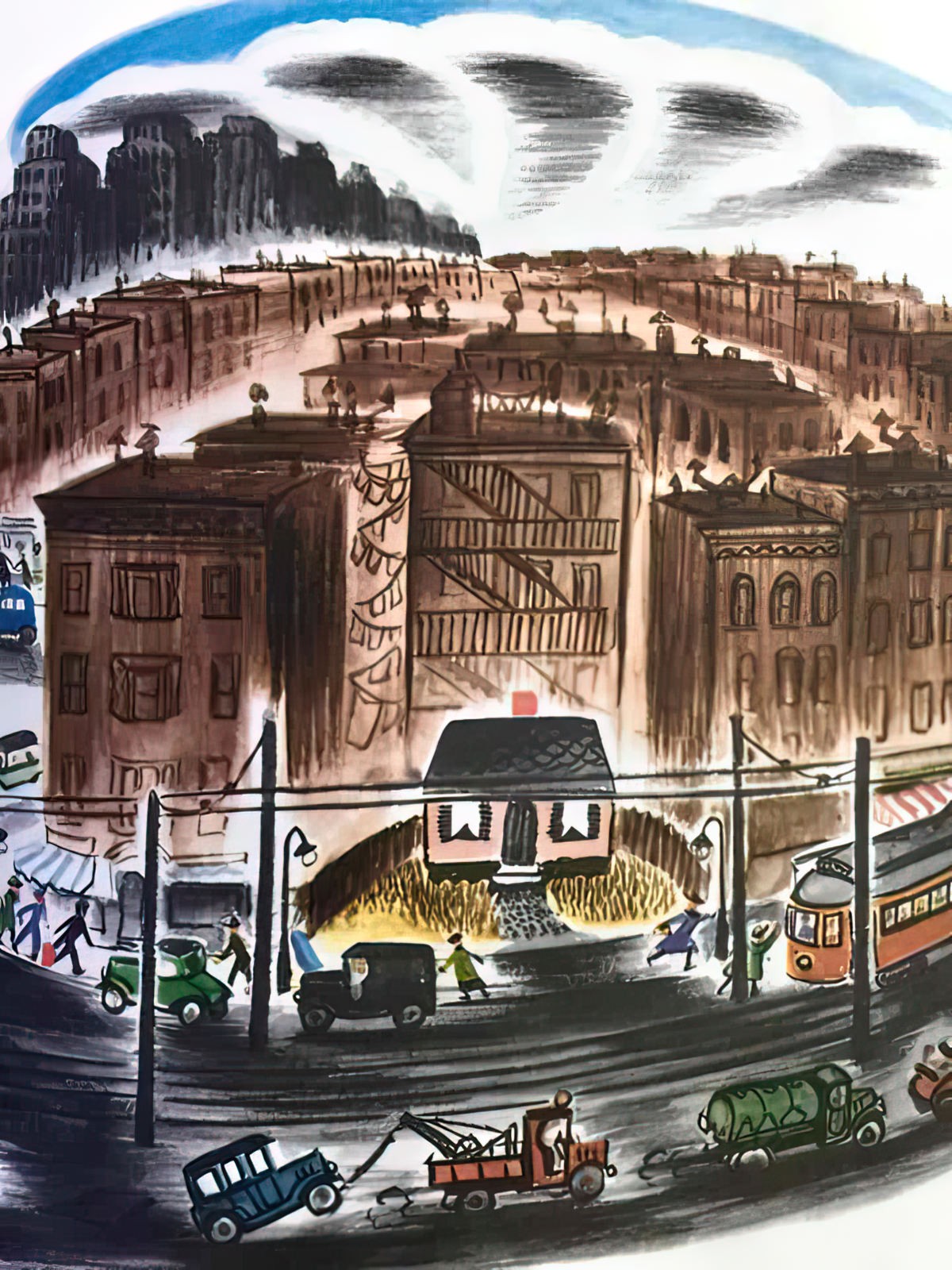
The Little House now knows what it’s like to live in the city with the bright lights. Notice how she misses the field of daisies, and the halo of light coming off the streetlamps mimics the shape of meadow flowers.
Things get worse and worse for the little house until she is divorced completely from nature, unable to know what season it is.
ANAGNORISIS
Everything changes when a descendant of the man who built the house comes by and recognises it. Until now, it wasn’t just the disconnection from nature which bothered The Little House, but also the anonymity. Turns out this house has an ego, and very real human needs. She needed to be appreciated for who she is. And now someone appreciates her, finally.
The great-granddaughter arranges for the little house to be moved further out into the countryside. This rigmarole holds up the traffic “for hours” but since the Little House has been craving attention for years, I suspect a certain schadenfreude was experienced here. Finally everyone was looking at her.
Now the shape of the text looks like a winding road out into the country.
NEW SITUATION
The Little House settles down on her foundations and now she is happy because she is able to witness the seasons change all around her, and the celestial bodies overhead.
EXTRAPOLATED ENDING
We have learned by reading this story that The Little House has two major needs: The first is connection to nature (check!) and the second is to be noticed. “Once again she is lived in and taken care of.”
That’s why it’s so important to understand the needs of your main character, whether they’re human or house. Without that final line on the penultimate page, we might worry that The Little House would be as lonely in the country as she was in the big, bustling, anonymous city.
I feel the final page is totally unnecessary to the story and might have been edited out in by a contemporary editor. That said, book binding requires a certain number of filled pages.
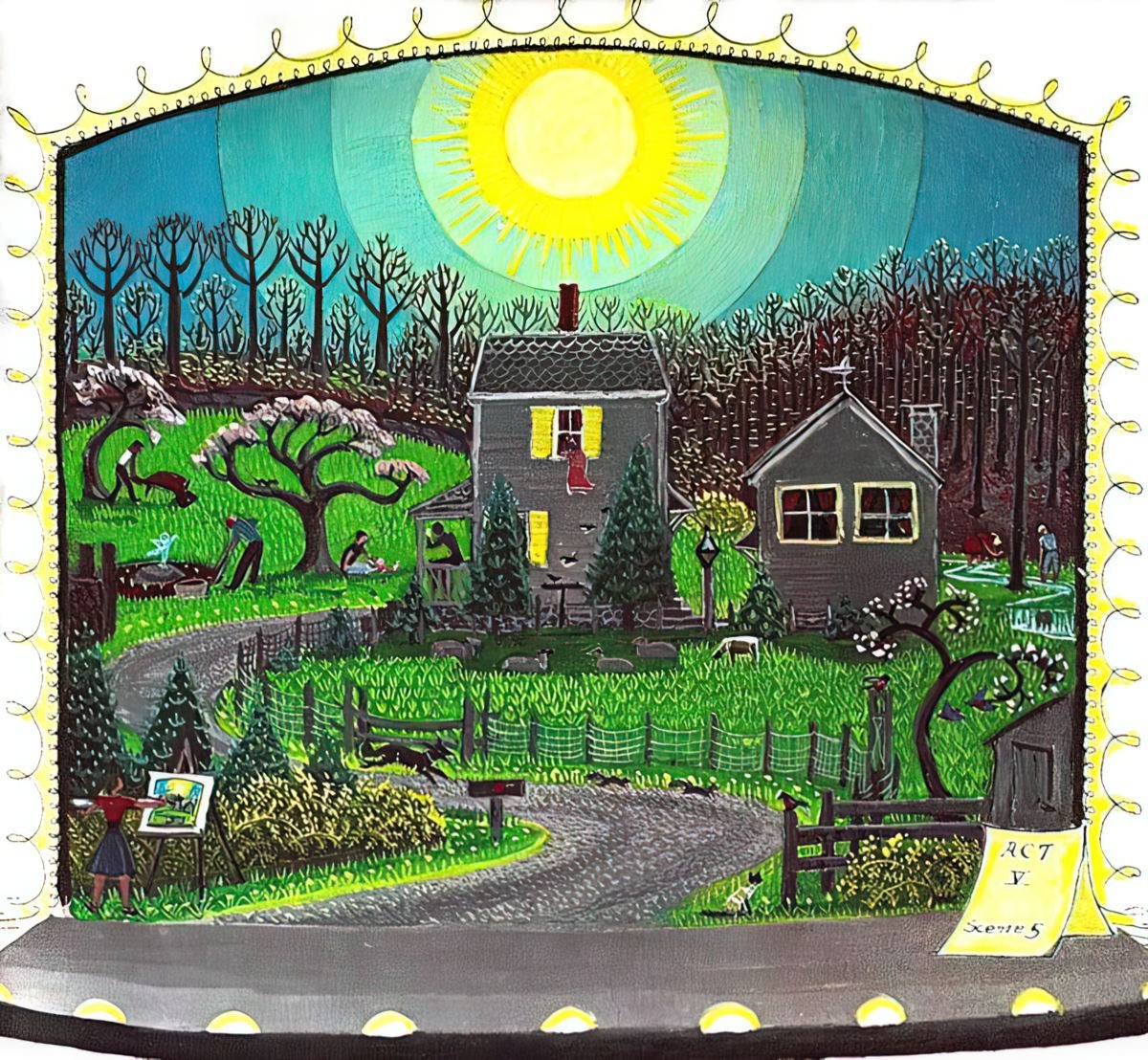
RESONANCE
It seems to me children’s book emphasis has shifted away from glorification of the countryside — seen across the Second Golden Age of Children’s literature –onto a glorification of anything that takes place off screens.
COMPARE AND CONTRAST
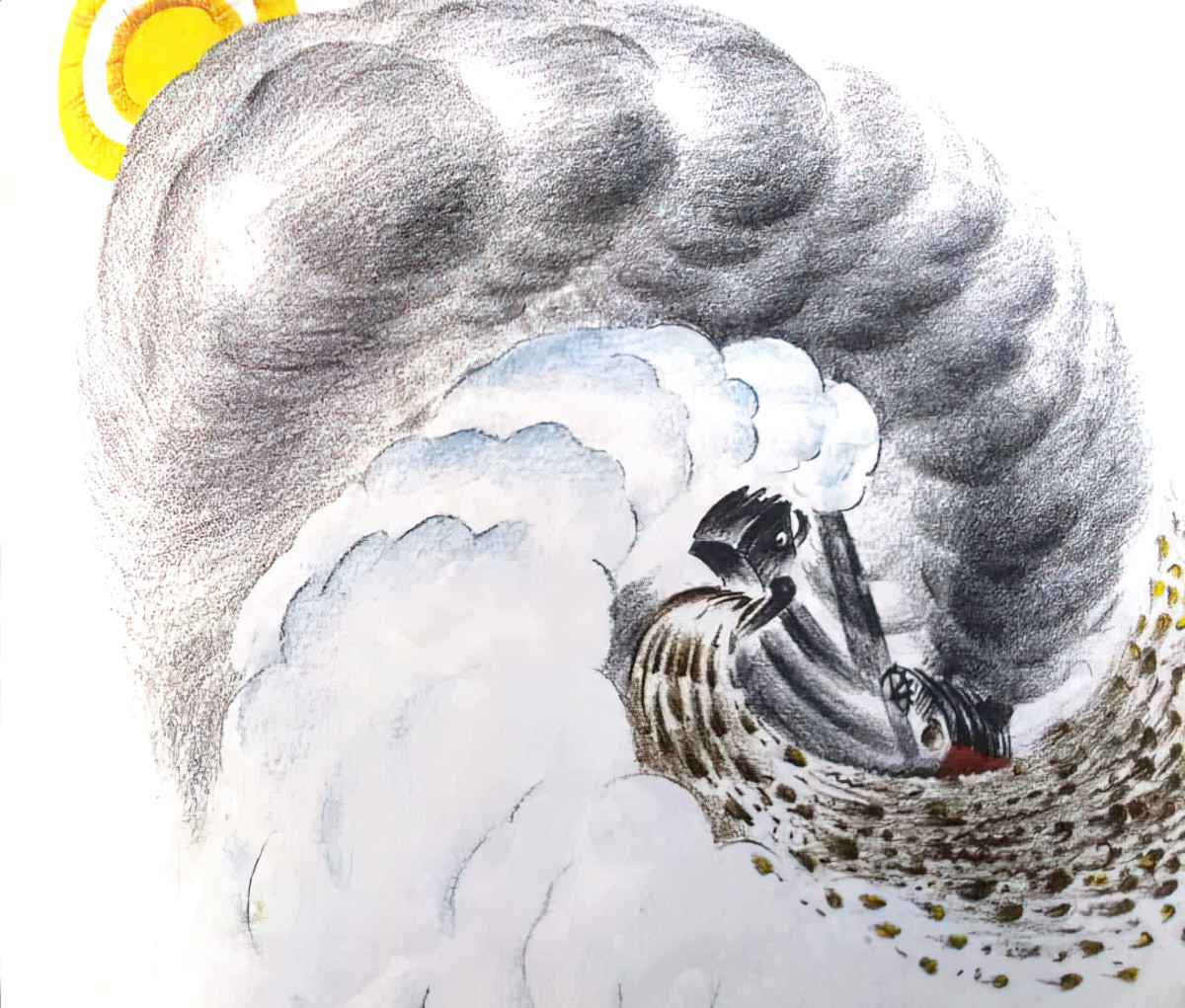
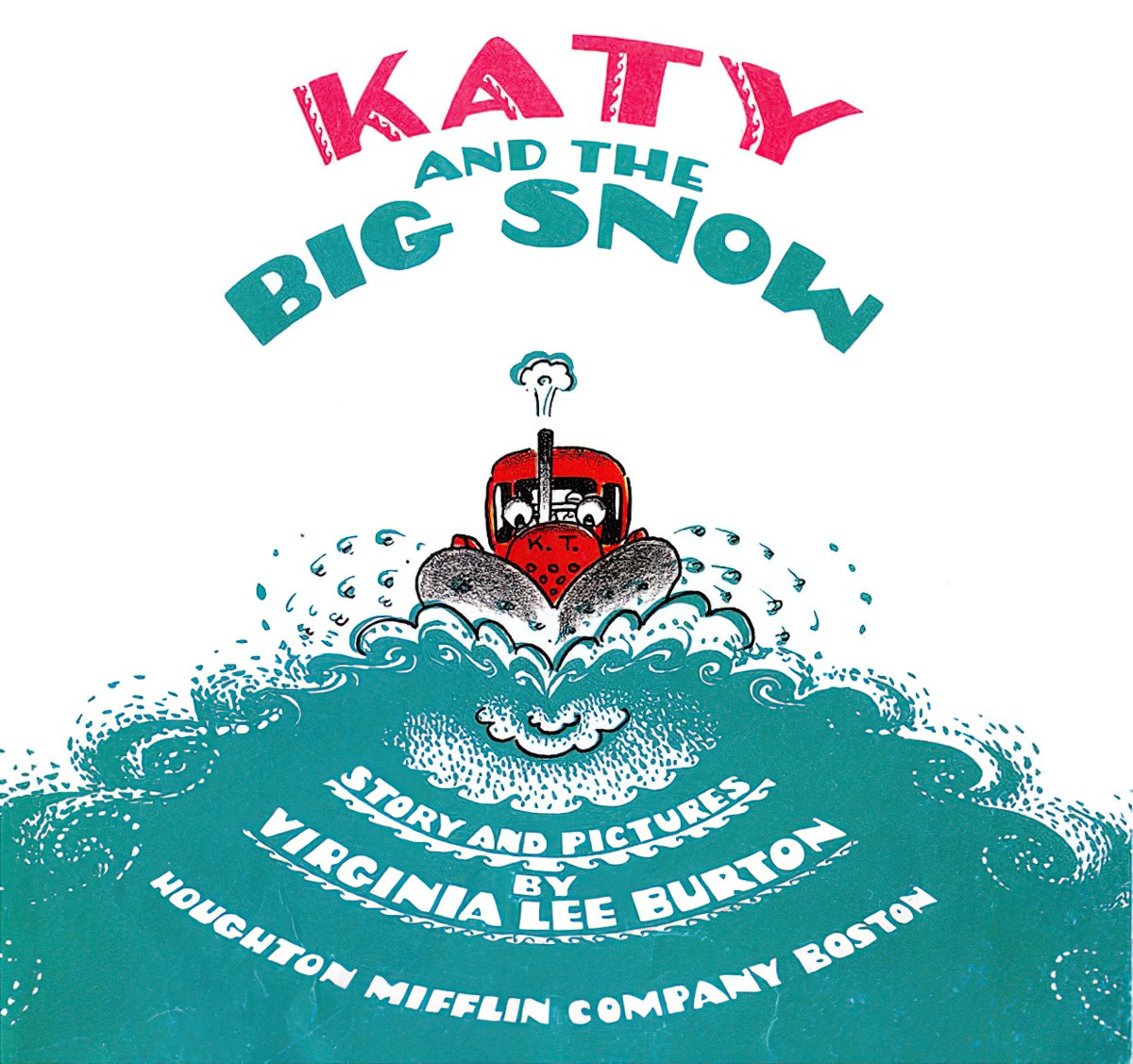
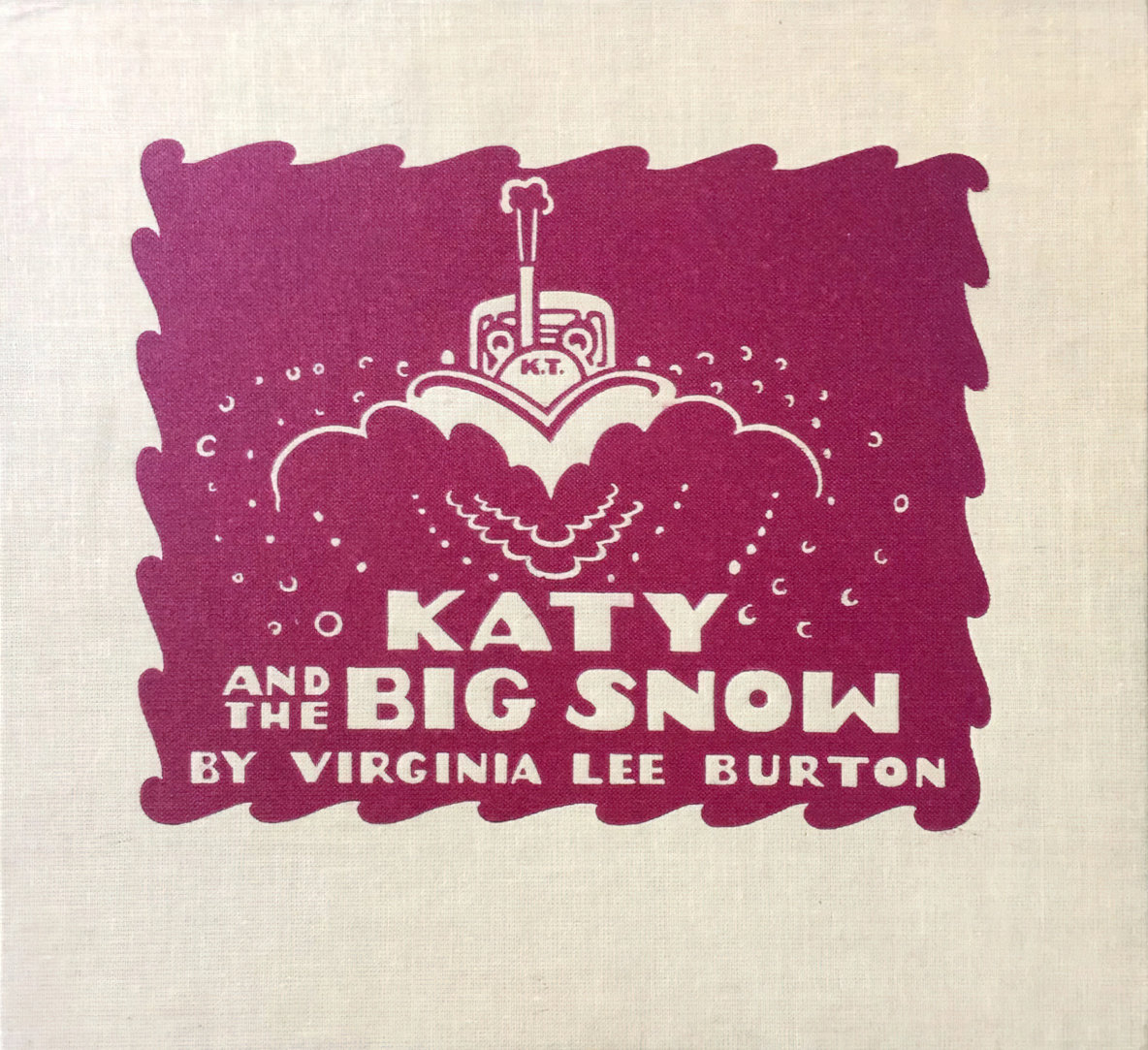

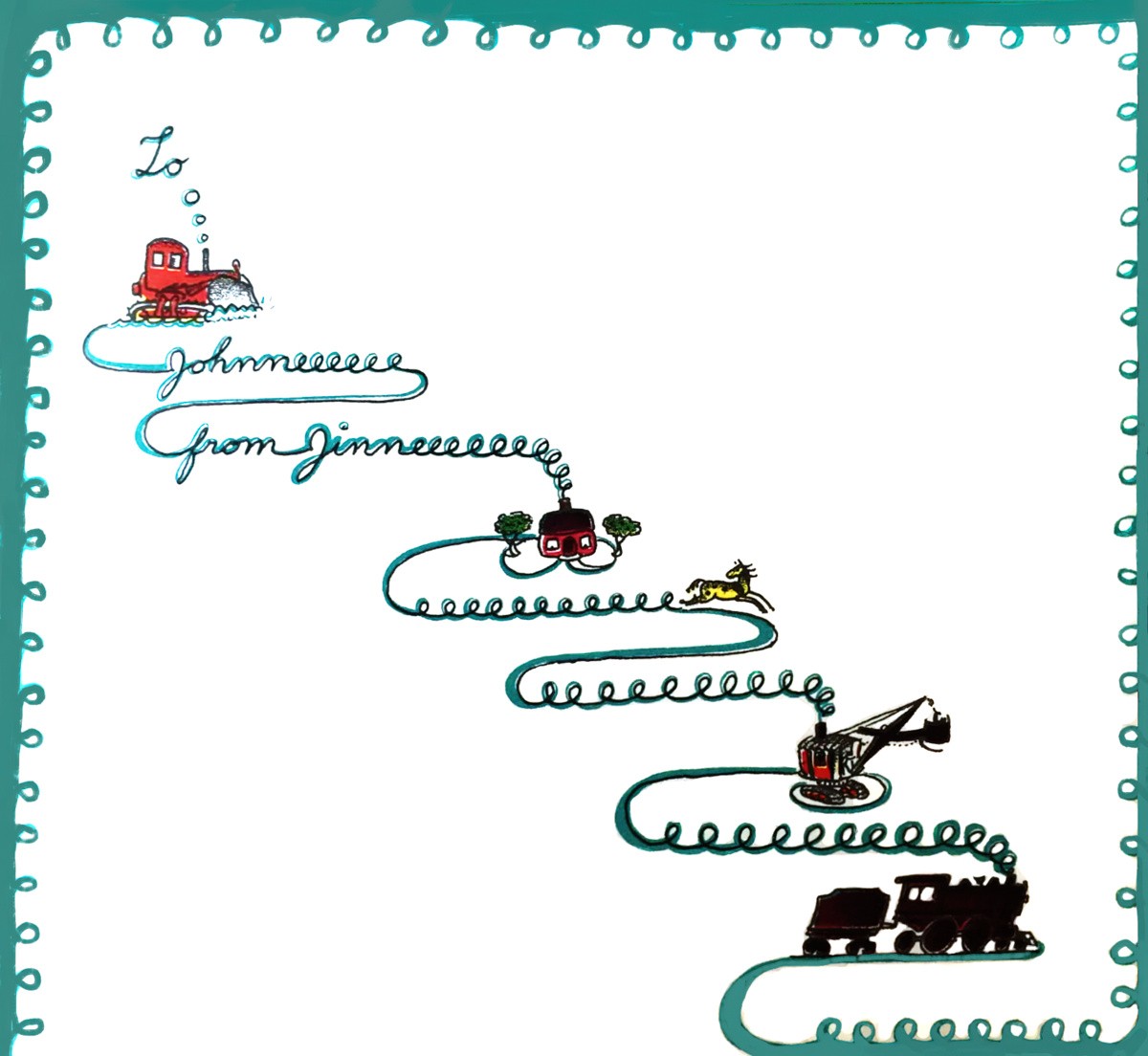
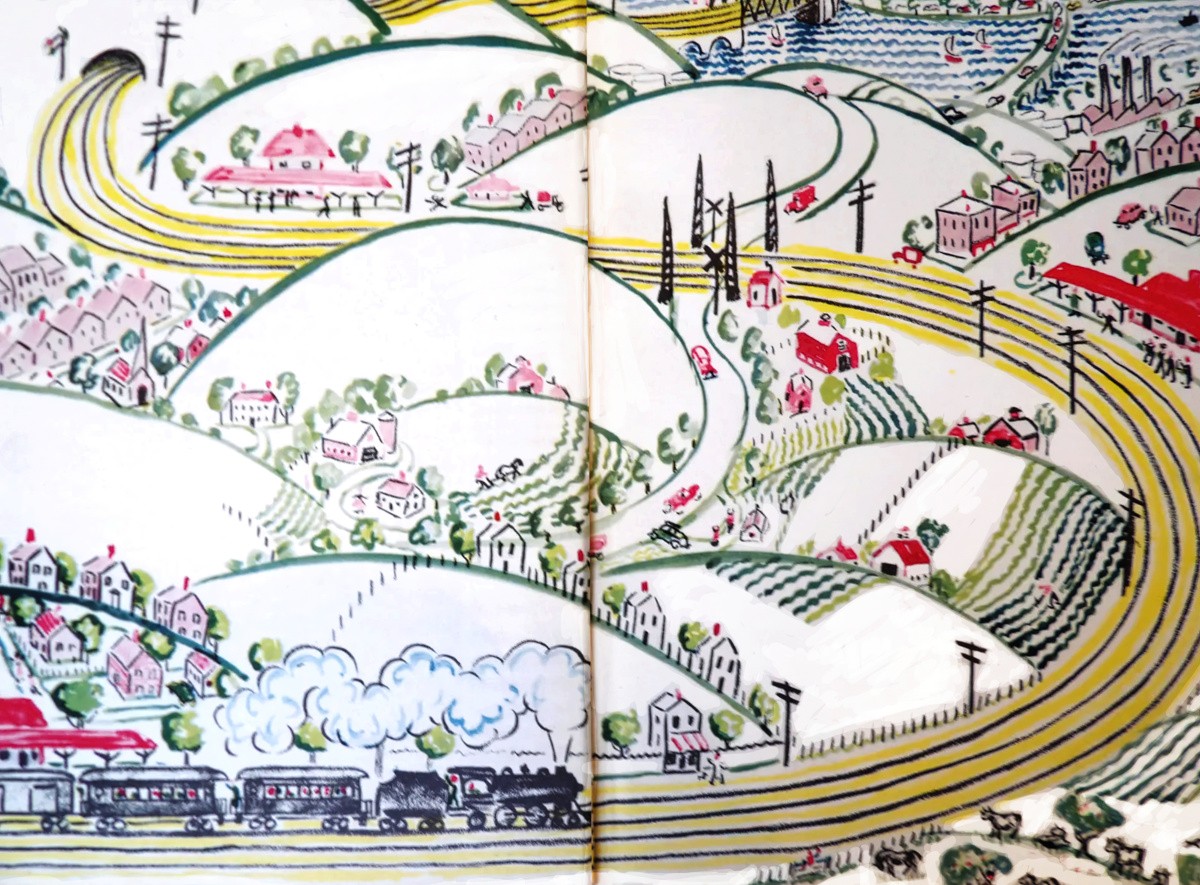
Houses, seasons and circular story shapes are pretty common across children’s literature. The house link is no accident; domestic stories are typically circular and girls’ stories are typically domestic; girls are thought to be more closely in touch with the cycles of nature. (Menstruation must come in there somewhere.)
Little House On The Prairie is another standout example.
Then we have The House of Four Seasons, illustrated by Roger Duvoisin, which functions as a teaching story about colour blending. Each member of the household wants to paint their new house a different colour. They end up painting it white, which teaches young readers a scientific fact about colour.
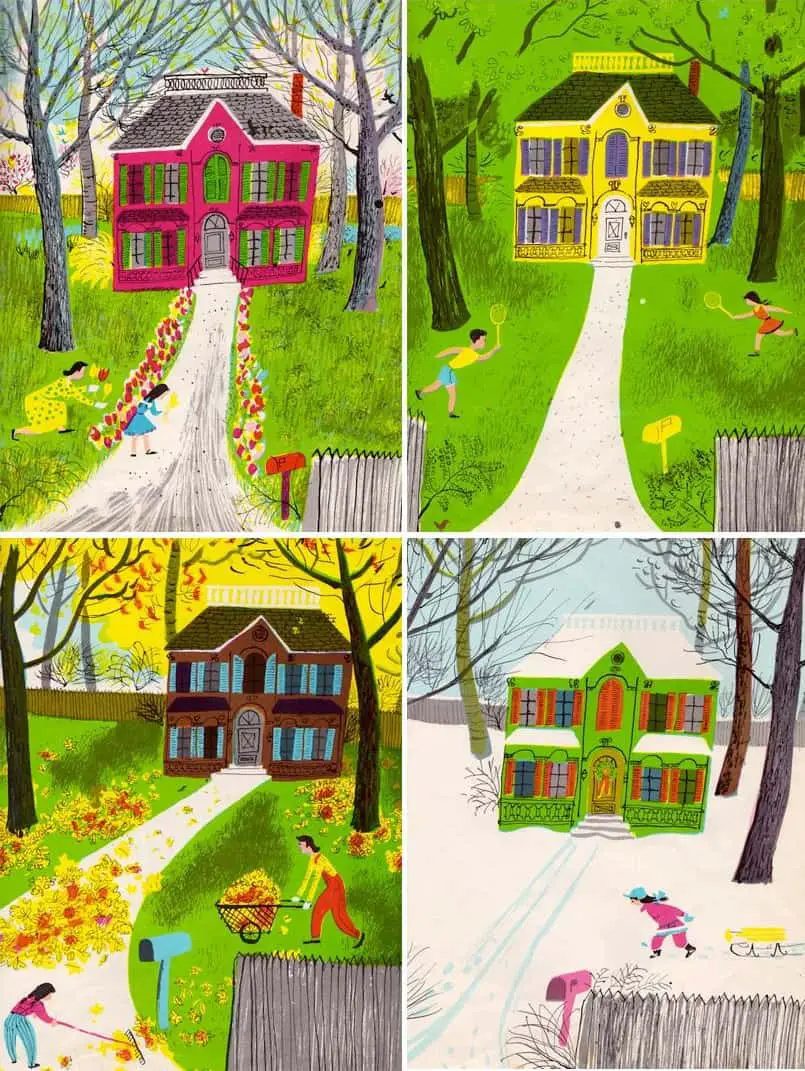
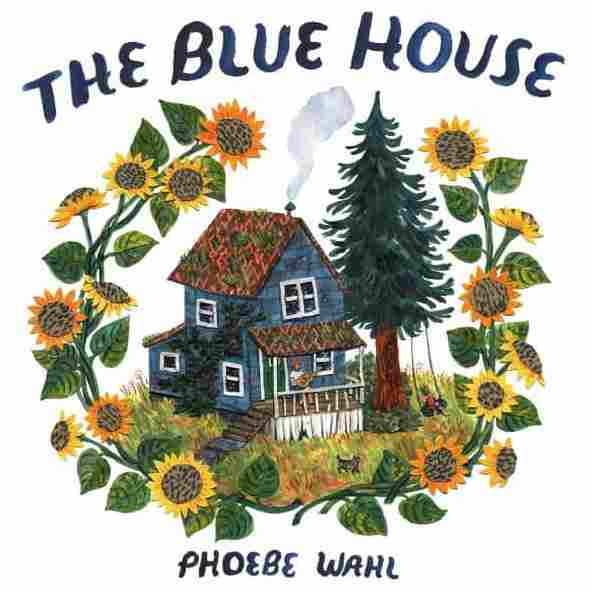
In the tradition of Virginia Lee Burton’s The Little House comes a heartfelt story about a father and son learning to accept the new while honoring and celebrating the old.
For as long as he can remember, Leo has lived in the blue house with his dad, but lately the neighborhood is changing. People are leaving, houses are being knocked down and shiny new buildings are going up in their place. When Leo and his dad are forced to leave, they aren’t happy about it. They howl and rage and dance out their feelings. When the time comes, they leave the blue house behind–there was never any choice, not really–but little by little, they find a way to keep its memory alive in their new home.
Farmer who originally lived in house in middle of M62 wasn’t actually too stubborn to move from Lad Bible
